The framing.

In photography, framing is the operation of aiming at the subject and positioning it within the frame of the image. This very brief summary makes it possible to identify the characteristics of a framework. These are the questions a photographer should ask themselves when preparing to take a photo. It is also important not to confuse framing and composition. The latter involves the relationships between the elements of an image (subject, background, etc.).
Image orientation.
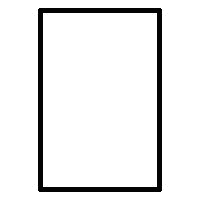
Vertical or portrait orientation

Horizontal or landscape orientation

Square format
The square format is not directly obtained with affordable digital cameras but you can very easily crop the photo on the computer with any image editing software.
In principle it is the shape of the subject that determines the orientation of the photo. The words "portrait" and "landscape" are quite telling. But to bring certain elements of the decor into the frame, you may have to choose an unusual orientation : a horizontal portrait for example.
Diving and low angle.
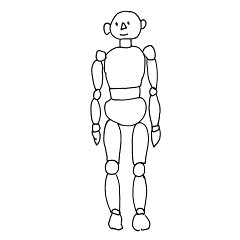


It is of course the height of the camera in relation to the subject that determines what type of framing we are in. We can clearly see in the images that the high angle dwarfs the subject while the low angle tends to make it more imposing.
You have to be vigilant on this point, especially when photographing someone as small as a child : do not hesitate to squat or sit on the ground. To photograph a child's first steps, you even have to lie down on the ground. Think well that for the child it is an achievement, if you reduce it by taking it from above, you destroy the expression of pride which translates this great success for him. The normal view (at the height of the subject) is the one that produces the least distortion, but in some cases, a slight low angle shot can be interesting : it lengthens the legs and slims the silhouette (device at knee level).
Frontality.
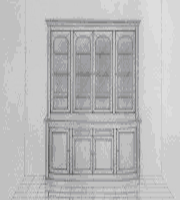

Here the difference comes from the position of the photographer in relation to his subject. Is it in front or is it placed on the side ? You must avoid at all costs to be between the two, that is to say to place yourself almost in front of the subject but not quite: it gives the impression of a quick, sloppy, somewhat sloppy framing.
The frontality indicates a certain stability; the perspective rather a certain dynamic.
The distance to the subject.
If the question hardly arises in the case of a landscape, it becomes fundamental when it comes to portraying a person or to photograph a small object. A specific vocabulary has been created to define the distance between the subject and the photographer in the case of a portrait. These terms are widely used in the cinema, although there are however many variations in the names of the shots depending on the sources.
As a general rule, in the case of a portrait of a person, we will avoid cutting at the level of an articulation (hip, knees, elbow, neck) or just below a joint. This gives the unpleasant impression that the subject has only stumps.
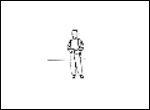
Overall plan
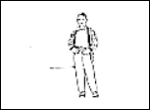
General plan or single-storey
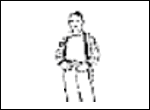
Italian plan
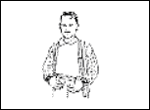
American plan
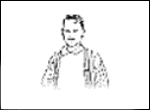
Medium shot
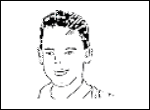
Close-up
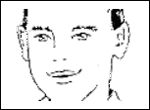
Close-up
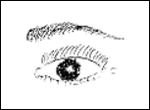
Detail plan
(or very close-up)
- The overall plan.
The subject is isolated in a larger setting. This framing can be used to show the splendour of a setting (the character is then present rather to give the scale), or to suggest the loneliness of the subject. - The general plan.
The person is seen in its entirety. There is enough background to situate the scene, but the main subject remains the person. - Italian plan.
The person is cut in the middle of the legs. - American plan.
The person is cut in the middle of the thighs (below the colt hence the name "American plan"). - Medium shot.
The person is cut in the stomach or in the middle of the chest. This framing focuses on the character’s attitude and gestures. - The close-up.
The person is cut at the shoulders. This framing of course values expressions, emotions. - The very close-up.
We draw attention to a particular detail: makeup, clothing accessories, etc. Note: this is not necessarily a part of the face.
And the rule of thirds ?
This rule is so repeated by all reviews and tutorials on the photo I expect this question: "Isn’t there a chapter on the third-party rule missing from this page on framing ?" Well no: the rule of third parties intervenes in the composition, not in the framing. But I grant you that the boundary between framing and composition is rather imprecise.
Conclusion.
Before pressing the shutter button, and if you want to get a consistent and thoughtful photo, the photographer must ask himself all these questions:
- Portrait or landscape ? or square format ?
- How high do I stand in relation to my subject ?
- Do I face myself or do I shift myself ?
- How far am I from the subject ?


If you liked this page, share it on your favorite network :